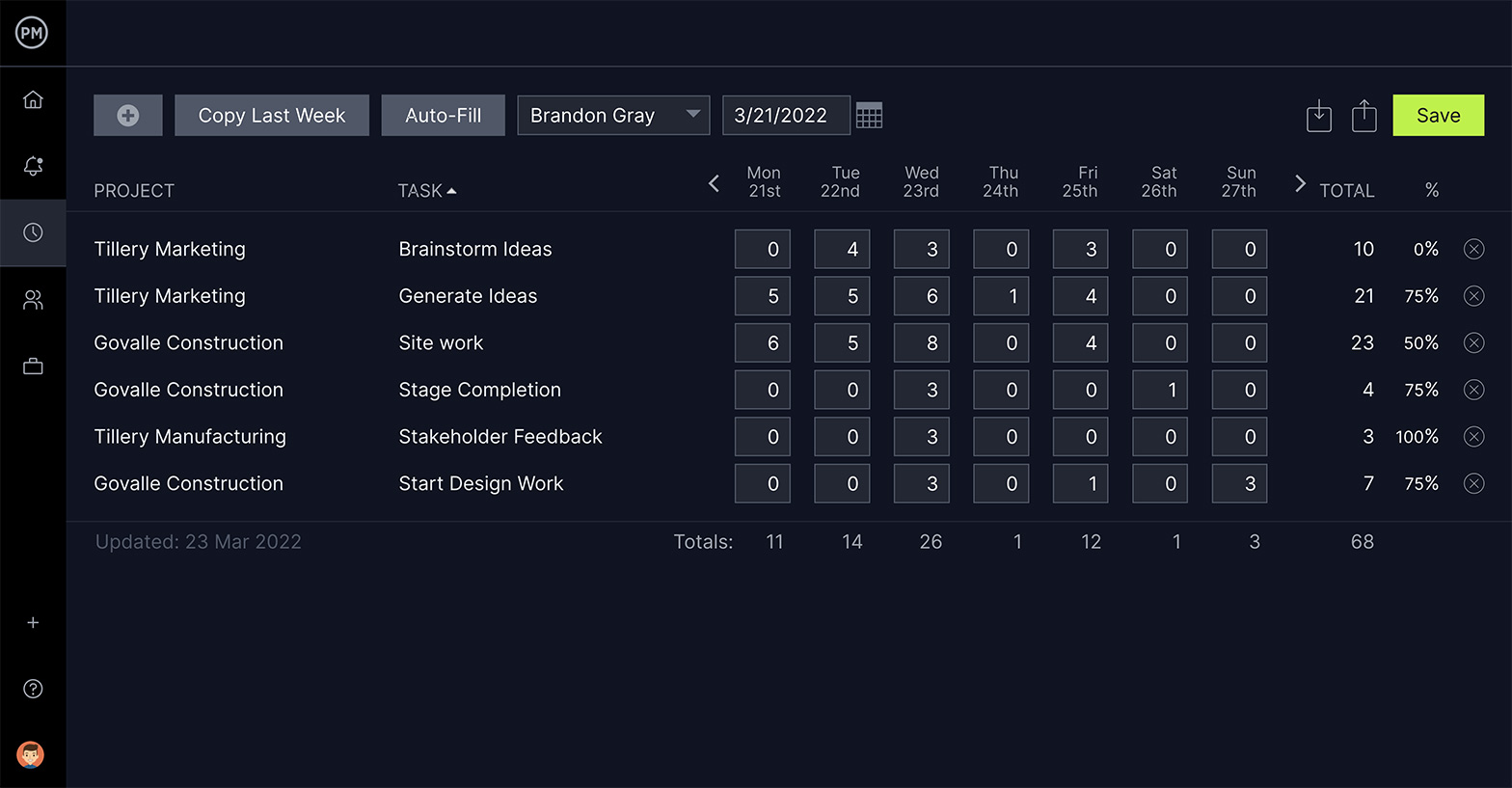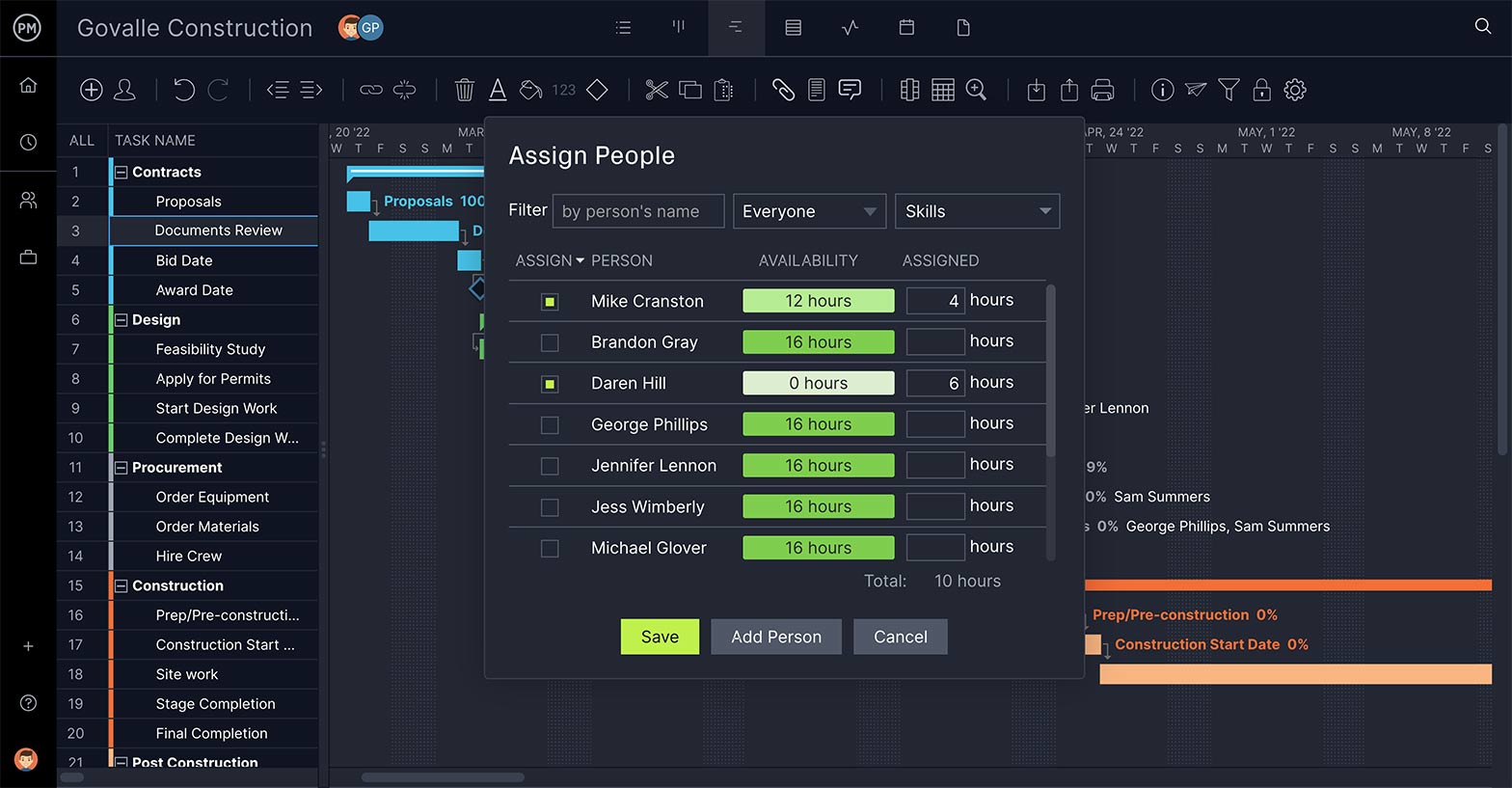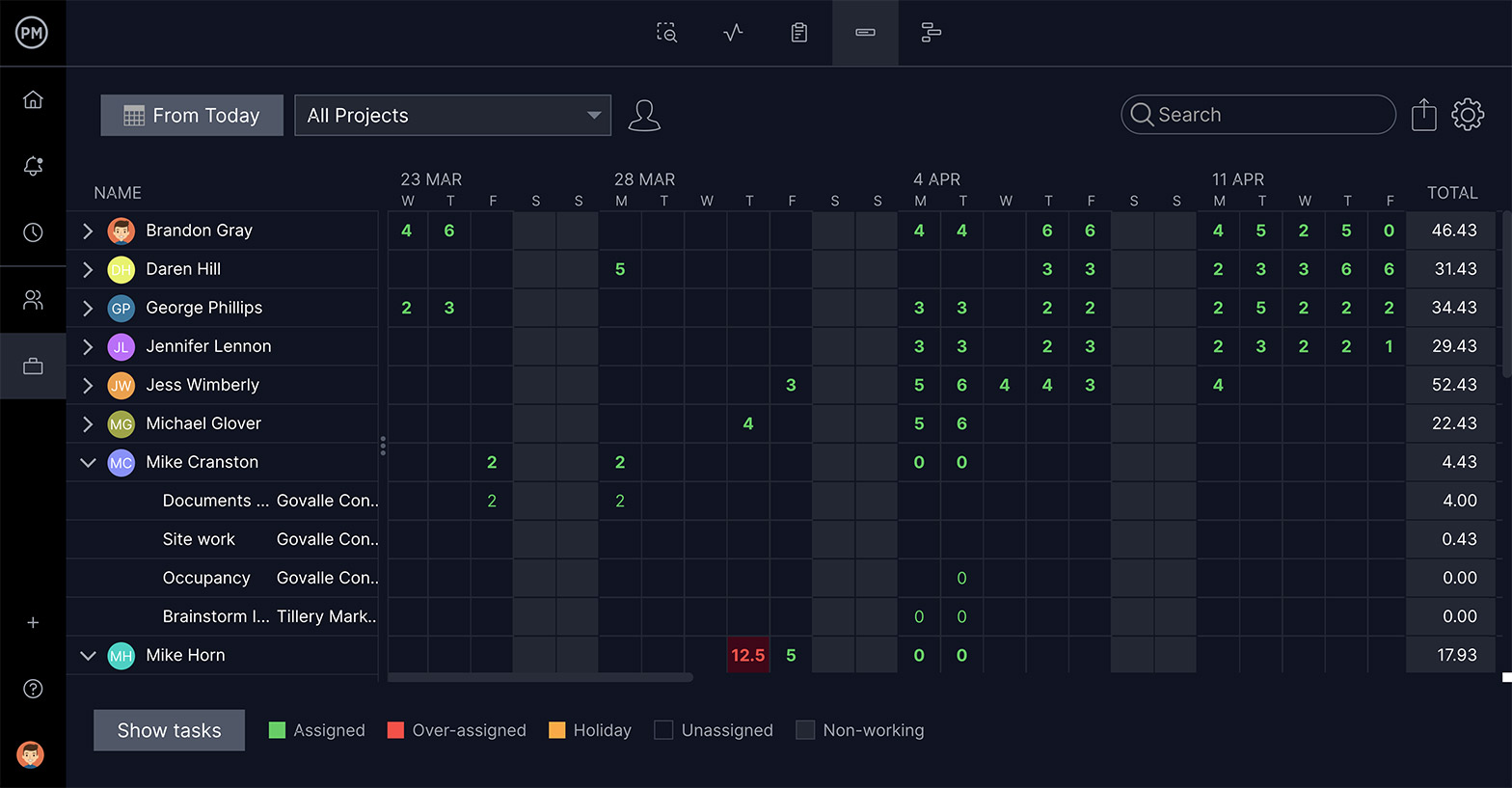Keeping your employees engaged and on task is, well, no easy task. They say one bad apple can spoil the whole bunch—and it’s true. A bad hire can cost your business valuable workplace productivity, not to mention nearly 20 percent of their salary on average. And those are just a couple of reasons why workforce management is so important.
Whether you’re in IT, construction or retail, mastering the basics of workforce management can benefit you immensely.
What Is Workforce Management?
Workforce management is the process of scheduling your staff in the best possible way to ensure your workforce is functioning at its most productive levels. It’s less of a singular management style and more of a company-wide process or team management software solution that’s implemented from the top down.
Know certain staff members who are morning people? Schedule them to interface with customers for shifts that are first thing in the morning. Have certain creative employees that are the most productive in the afternoon or late evening shifts? Schedule them during their more optimally productive hours.
Related: Free Weekly Work Schedule Template
Not everyone works the same way: workforce management aims to capitalize on that fact, and thus makes your employees more efficient and engaged. This cuts back on waste and keeps your company output balanced against overhead costs
Aside from optimizing staff schedules and time management plan, a great workforce management system also includes workforce forecasting, monitoring and analysis. Considering supply (your workforce) versus demand (the schedule), your workforce can be scheduled and assigned their appropriate tasks. From there, they can be analyzed for efficiency and compensated for their work appropriately.
What Are the Benefits of Workforce Management?
Workforce management is one of those processes that doesn’t just aim to make your employees more efficient, it also aims to benefit the employee by having them work on the processes they’re best suited for. In turn, this serves to better help customer service, increasing output and profits across the board. Call it a win-win-win.
The process started gaining popularity in the 1980s and 1990s with the rise of Enterprise Resource Planning (ERP) systems, seeing large benefits from its use in industries such as healthcare, manufacturing, retail and more.
But there’s a new benefit to workforce management: as we enter the era of the gig economy, many part-time workers are coming under financial stress as they’re either unable to find full-time work or are getting their hours cut. In the gig economy, workers are hired as independent contractors, paid by the project, rather than by the hour or salary.
Many workers in the gig economy will often have many different jobs to balance at one time, which can place a lot of strain on their financial certainty. When workers are under financial stress, productivity also suffers. For companies that use workforce management, this can help ease the burden of workers who are trying to balance multiple workloads by helping them plan out their schedules in advance just as you plan yours. The more you can help them plan and ease that financial uncertainty, the more productive your workers will be.
Types of Workforce Management Systems
Workforce management software solutions can be installed onsite, hosted in the cloud, or via Software-as-a-Service (SaaS).
Most of the time, workforce management is handled using spreadsheets. However, there are a growing number of solutions that are tailored to suit their industries, such as Customer Relationship Management (CRM) tools, ERP systems and project management tools.
Additionally, many project managers will integrate workforce management and project management through an application that will help schedule out tasks to their respective assignees, monitor resources, track employee time, analyze the project costs, and report on status updates. This is called Project Workforce Management. And more than just helping allocate your workforce’s time for projects, it also combines the additional elements listed above, making it a powerhouse of a process.
Workforce Management Tools
Just like great project management leads to the success of a project, great workforce management software leads to the success of all the workforce.
The pillar that workforce management is based on is proper scheduling. The original algorithm, invented by Agner Krarup Erland, has evolved to encompass richer state management, such as availabilities, budgets, state and federal law restrictions, wages, skills, time off and holidays. A workforce management tool that includes all of these is a good investment for your company.
Time Tracking
Any method where you have to rely on spreadsheets to keep track of your workforce is a method that involves too much risk of human error. That’s why it’s important to make sure that whichever workforce management tool you’re investing in includes a time tracking element. A good time-tracking software will allow you to view tracked time by project status, download reports, submit timesheets online and monitor progress in real time.

Planning & Collaborating With Your Workforce
Because no two workforces are the same, your software must include a workforce planning element. This means team-specific plans for IT & Software, Construction and Marketing. A workforce planning tool that’s worth its salt will enable you to plan projects, track issues, collaborate with teams and monitor risks.
Scheduling
With a proper project scheduling tool, you can get visibility into your projects online, so no matter where your team is located, they can see changes to their schedules in real-time. This should also enable your workforce to get better visibility into exactly which deliverables are needed and when—better helping them prioritize their tasks in advance.
Monitoring & Reporting
Aside from time tracking, one of the biggest elements of workforce management involves monitoring and reporting on the progress of your workforce. Without the added element of analyzing your workforce’s performance, you won’t know how or when to pivot to the most optimal schedule. For any workforce management tool, ensure it includes monitoring and reporting elements so you can see if you’re behind schedule or right on time.
How ProjectManager Can Help You Manage the Workforce
Your workforce is a key element to the success of any project. Managing them is a task that doesn’t just require attention to detail, it also requires a certain level of diplomacy and finesse. With ProjectManager, our online Gantt charts let you schedule your entire workforce and their tasks. Add new tasks and due dates, or link tasks together to better optimize your employee’s time.
Your staff can also attach comments or files to project tasks directly so you can collaborate no matter what state you’re in.

ProjectManager also features resource management tools that let you balance the hours worked across your team. This helps you make sure that no one is over or under-allocated on a project.
You can also categorize supplies and equipment—and track all of it—to make sure your team is the most efficient it can be.

When trying to plan out your workforce, don’t leave scheduling and resource management up to chance. ProjectManager is a cloud-based software that helps you to better track which employee is assigned to which task and plan resources for future projects so you never miss a beat. See how ProjectManager can help you better manage your workforce by starting this free 30-day trial.


